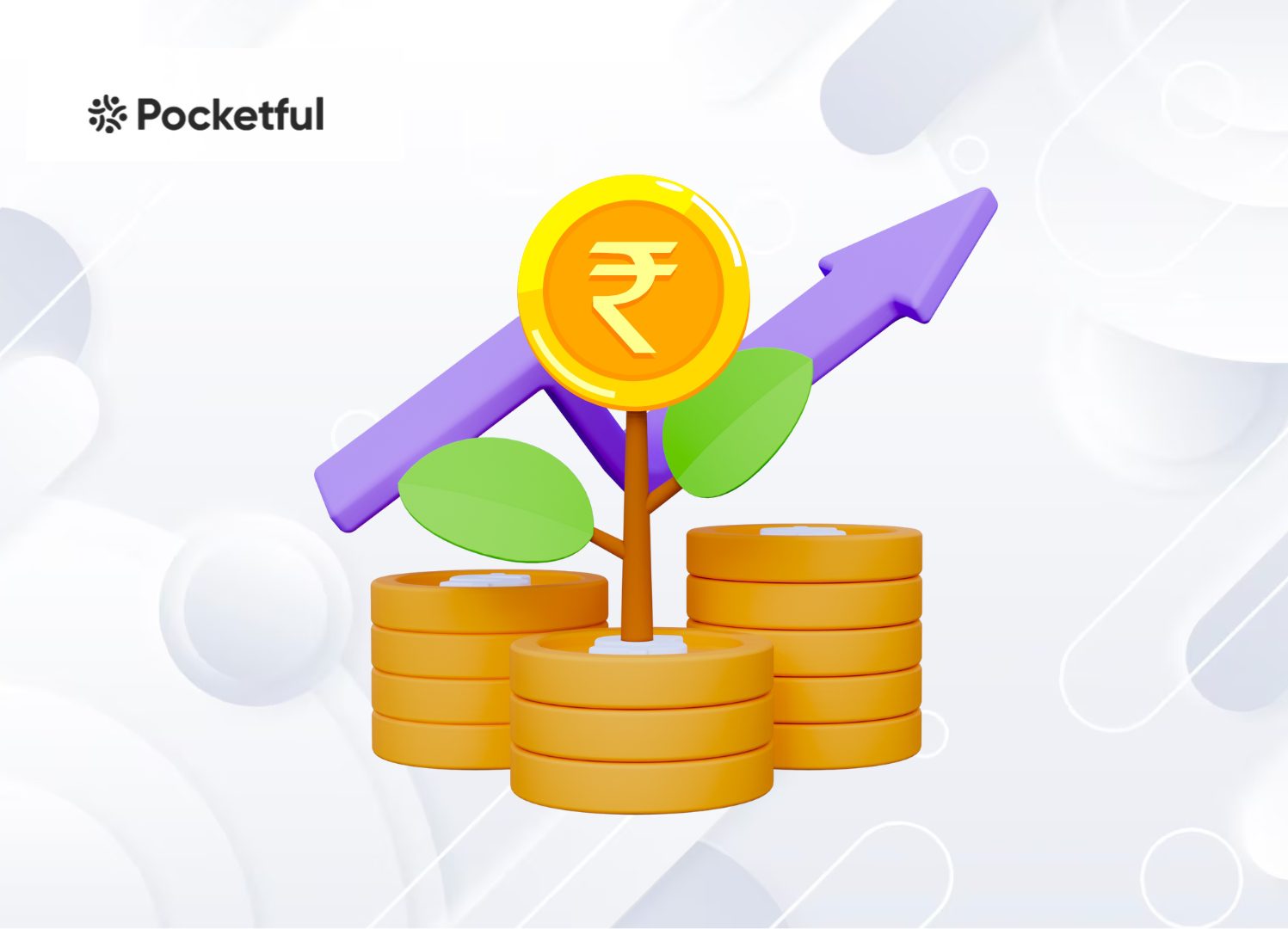The Indian stock market features many stocks, and finding the right stock can be an extremely difficult task for a beginner. However, there are a few experienced investors who have mastered the process of stock picking. In today’s age, any new investor can look at the portfolio holdings of these experienced investors and buy the same stocks. Ashish Kacholia is a famous investor who is known for his investments in small and mid-cap companies. But you’d probably want to know if he has any penny stocks in his portfolio and where you can read more about Ashish Kacholia’s penny stock holdings.
In this blog, we will discuss the penny stocks in Ashish Kacholia’s portfolio, their future potential, and the benefits and risks of investing in them.
Who is Ashish Kacholia?
Ashish Kacholia is a well-known and prosperous Indian trader and investor, particularly famous for his small-cap and mid-cap selections, which have excellent growth potential. Before entering the stock market and starting his career as an investor, he was a chartered accountant. In the Indian stock market, he is also called the “Whiz Kid” and “Big Whale.” He began his career at Prime Securities and later founded Lucky Securities, a broking firm. Additionally, he co-founded Hungama Digital with Rakesh Jhunjhunwala in 1999.
He invests using a value strategy and finds cheap stocks with significant long-term growth potential. He is a master at identifying small- and mid-cap firms with solid fundamentals, capable management, and rising earnings. He lowers the portfolio’s overall risk by diversifying it over several industries and quickly adapting to the changing market conditions. As per the latest corporate filings, his overall holdings are worth about ₹3,258 crores, and he owns 42 stocks.
Read Also: Rakesh Jhunjhunwala Penny Stocks
Best Ashish Kacholia Penny Stock List With Price
Ashish Kacholia’s portfolio includes two penny stocks with prices under ₹100. A summary of the stocks is shown below.
| Company | Current Market Price (₹) | Market Capitalization (₹ Cr.) | 52 Week High (₹) | 52 Week Low (₹) |
|---|---|---|---|---|
| DU DIgital Global Ltd | 65 | 454 | 90.4 | 53.2 |
| Jyoti Structures Ltd | 33.9 | 2,974 | 41.4 | 17.4 |
1. DU Digital Global Limited
Diva Envitec Filtration Technologies Private Limited was the company’s original name when it was incorporated in 2007. Later, it changed its name to DU Digital Global Limited. The company offers specialized administrative services such as visa processing, passport management, identity verification, and other citizen services. The company also specializes in company formation in UAE and immigration, residency and citizenship programs. The business has 35 centres in six countries, catering to a large customer base. The company has plans to expand its operations to over 100 centers in the next 2 years. The company’s headquarters are located in New Delhi.
Know the Returns:
| 1Y Return (%) | 3Y Return (%) | 5Y Return (%) |
|---|---|---|
| 9.39% | 580.85% | 2,305.67% |
2. Jyoti Structures Limited
The business was established in 1974 and has become a major player in the Indian power infrastructure industry. The company’s main focus is on building high-voltage transmission infrastructure, establishing substations for power transmission and distribution, and developing a network for electricity distribution to urban and rural areas. In 1996, it opened its first powerhouse testing facility after forming a joint venture company in Dubai. Jyoti Structure Company established a subsidiary in South Africa in 2006. Later, in 2010, it tested a 1200 KV tower, making it the first firm in India to do so. In late 2023, it successfully test-charged the 765 kV D/C Khavda Bhuj PS transmission line. Among the company’s principal customers are Adani Energy Solutions, PFC, and NTPC. The company’s headquarters is situated in Mumbai.
Know the Returns:
| 1Y Return (%) | 3Y Return (%) | 5Y Return (%) |
|---|---|---|
| 64.90% | 86.40% | 1,495.26% |
Benefits of Investing in Ashish Kacholia Penny Stock
The major benefits of investing in Ashish Kacholia Penny Stocks are as follows-
- Affordable – Investors with small capital can also invest in the penny stocks of Ashish Kacholia’s portfolio as they are affordable.
- Diversification – The companies discussed above have operations in specialist fields such as visa processing, passport services, power infrastructure, etc., which helps investors diversify their portfolios and reduce risk.
- Expert Selection – The credibility of a company’s stock increases in the stock market if a prominent investor such as Ashish Kacholia has already invested. It attracts market attention, eventually resulting in increasing liquidity and price appreciation.
Read Also: Top 5 PSU Penny Stocks List in India
Risks of Investing in Ashish Kacholia Penny Stocks
Despite the benefits discussed above, the risks of investing in Ashish Kacholia penny stocks are:
- Volatility – Penny stocks generally exhibit high volatility, making them unsuitable for risk-averse investors.
- Financial Instability – The financials of penny stock companies may not be very stable at the time of analysis, and the investment done by Ashish Kacholia might be based on the long-term performance of the company.
- Risk – The risk-taking ability of an investor can be different from Ashish Kacholia’s risk profile, which makes these penny stocks unsuitable for them.
- No Assured Returns – Simply investing in stocks an experienced investor has invested in doesn’t guarantee future returns, as the stock price might have increased significantly due to their investment.
Future of Ashish Kacholia Group Penny Stocks
The penny stocks discussed above have a bright future as Ashish Kacholia is an experienced investor and only makes investments after thoroughly researching the company’s fundamentals and diversifying his investments across multiple industries. The businesses mentioned above operate in the field of power infrastructure development and visa services, which can help investors achieve diversification.
Read Also: Best Pharma Penny Stocks List Under ₹50
How to Invest in Ashish Kacholia Stocks?
If you wish to invest in Ashish Kacholia penny stocks, you need a demat account. If you don’t have a demat account, you can open one with Pocketful by following the steps below.
- Visit the website of Pocketful.
- There, you will find a tab named open a demat account.
- Fill in the details to fulfil the KYC requirements and upload scanned copies of the documents for the verification process.
- Along with the other details, you need to fill in your bank account details so that you can easily transfer funds from your bank account to your trading account.
- Upon successful verification, your demat account is opened. You will receive your login credentials on your registered e-mail, which you can use to access your account.
- Search the stocks of your choice and then enter the quantity you wish to purchase.
- Once your order is executed successfully, you must keep track of how your investments are performing.
Conclusion
Ashish Kacholia’s penny stocks are DU Digital Global Ltd. and Jyoti Structures Ltd., with operations in visa and other administrative services and power infrastructure, respectively. Investors can consider these stocks for investment as these companies have Ashish Kacholia as one of their investors. He is an experienced investor who conducts proper due diligence before investing in any company. However, you should consider your risk tolerance and consult a financial advisor before making any investments.
| S.NO. | Check Out These Interesting Posts You Might Enjoy! |
|---|---|
| 1 | 10 Best Bank Penny Stocks List |
| 2 | Top 10 Highest Dividend Paying Penny Stocks in India |
| 3 | Best Alcohol Penny Stocks in India |
| 4 | Top 10 Penny Stocks in Indian Real Estate |
| 5 | Adani Penny Stock and List of Lowest-Priced Adani Shares |
Frequently Asked Questions (FAQs)
Which company’s penny stocks are a part of Ashish Kacholia’s portfolio?
The penny stocks in Ashish Kacholia’s portfolio are DU Digital Global Ltd. and Jyoti Structures Ltd.
Who is Ashish Kacholia?
Ashish Kacholia is a seasoned investor who is well-known for small-cap and mid-cap stock picking. He started a broking firm and collaborated with Rakesh Jhunjhunwala to start Hungama Ltd. in 1999.
What is the current value of Ashish Kacholia’s stock portfolio?
As per the latest corporate filings, the value of Ashish Kacholia’s stock portfolio is around ₹3,258 crores.
What is Ashish Kacholia’s investment strategy?
Ashish Kacholia’s investment style is based on value investing, which he has used successfully to invest in small-cap and mid-cap companies.
What is the name of Ashish Kacholia’s firm?
The name of Ashish Kacholia’s firm is Lucky Securities Ltd., which he started in 2003 as a stock broking firm.










